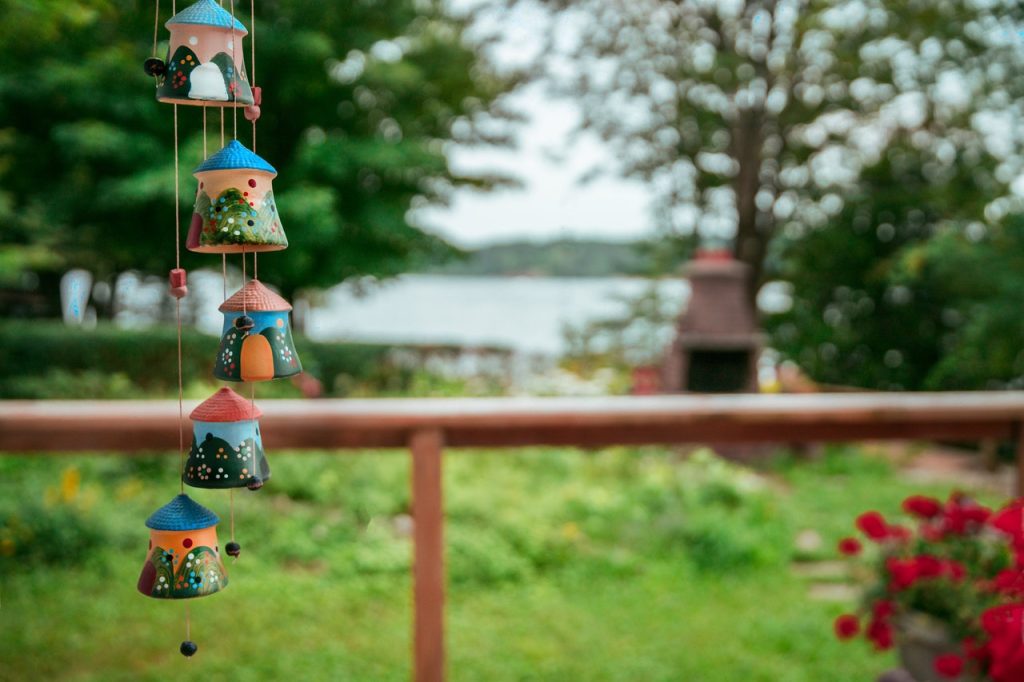
When it comes to landscape design, the goal is to marry aesthetics with function. You want something that looks good, but which also allows you to use the area as you see fit. If you’re wondering how to apply aesthetics to your landscaping, it’s important to understand that personal opinion will play a substantial role. What looks good to one person may not look so good to another. However, there are some basic landscaping principles that will help you achieve an aesthetically pleasing property. Read more for some of these principles.
Colour
The use of colour in landscape design is often heavily influenced by colour theory. The relationship between contrasting colours will create different effects depending on how they’re arranged. For example, placing cool colours, such as blue or purple, close to warm colours, such as red or yellow, can create a sense of depth and contrast. Pairing primary colours that reside on opposite sides of the colour wheel can provide unity as can be seen when matching yellows with blues or reds and greens. Look to the art world for more detail about colour theory and how you can apply it in your landscape design.
Texture
Texture is another landscape design principle that utilizes contrast and unity of adjacent elements to establish itself. Mixing plants with various textures avoids monotony and increases appeal. By alternating between fine and coarse textured plants and hardscape elements, interest is created and beauty increased.
Line
Using line in landscape design is a way to draw the eye in a certain direction – possibly to a focal point, horizon or border of the property. Lines can be straight, curved or even somewhat erratic as long as the eye is naturally drawn along its path. Fences, borders and pathways can be used to create an actual line, but the mere perception of a line can also be effective.
Form
Form describes the three dimensional appearance of a plant or hardscape object. Examples of form could be roundness, rectilinearity or a column-like appearance. Plants and hardscape elements can use form to create a sense of linearity or serpentine flow. Again, contrast and unity of various forms can be used to add interest and appeal.
